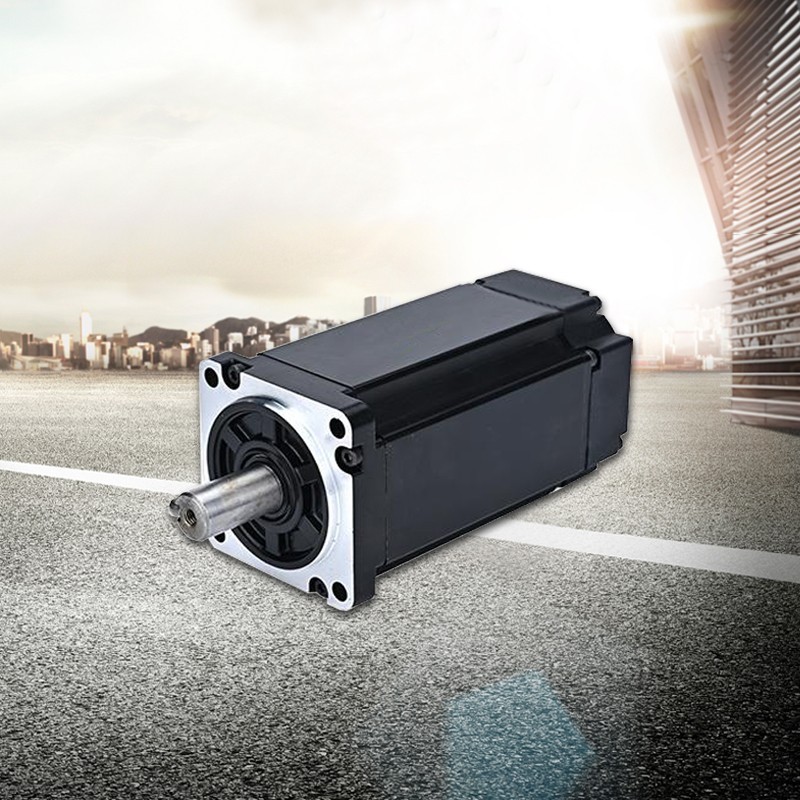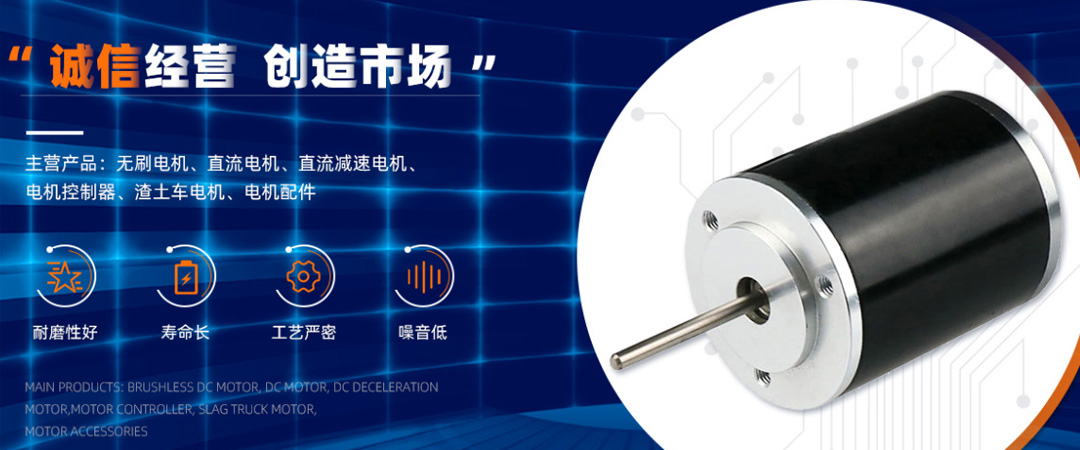What is the principle of brushless motor?
Brushless motors conduct current between rotating and stationary components of the motor. The graphite material is commonly used in electric brushes, so they are also called carbon brushes. The black ones are pure graphite brushes, while the colored brushes are made of copper and other metal materials and graphite.
Compared with brushed motors, there is no brush structure, and the rotor position of the motor is detected by sensors, replacing the mechanical commutator with an electronic commutator to achieve armature commutation. From the perspective of the main structure, both have rotors and stators. Brushed motors use coil windings as the rotor and permanent magnet steel as the stator. The brushless motor uses permanent magnet steel as the rotor and coil winding as the rotor, and the two are exactly reversed. The detection of the stator and rotor positions of brushless motors is achieved through position sensors, such as widely used Hall type position sensors, followed by photoelectric and electromagnetic position sensors.
Compared with brushed motors, there is no brush structure, and the rotor position of the motor is detected by sensors, replacing the mechanical commutator with an electronic commutator to achieve armature commutation. From the perspective of the main structure, both have rotors and stators. Brushed motors use coil windings as the rotor and permanent magnet steel as the stator. The brushless motor uses permanent magnet steel as the rotor and coil winding as the rotor, and the two are exactly reversed. The detection of the stator and rotor positions of brushless motors is achieved through position sensors, such as widely used Hall type position sensors, followed by photoelectric and electromagnetic position sensors.

The principle of brushless motor is already known from the above. It is to place the general DC motor armature winding on the stator and the permanent magnet steel on the rotor, which is the main body of the composition. It also requires position sensors, control circuits, and logic switches to form a commutation device, so that the stator winding of the DC brushless motor generates a magnetic field and the rotor magnet steel generates a permanent magnetic field during operation.
Editor: ZiYu



